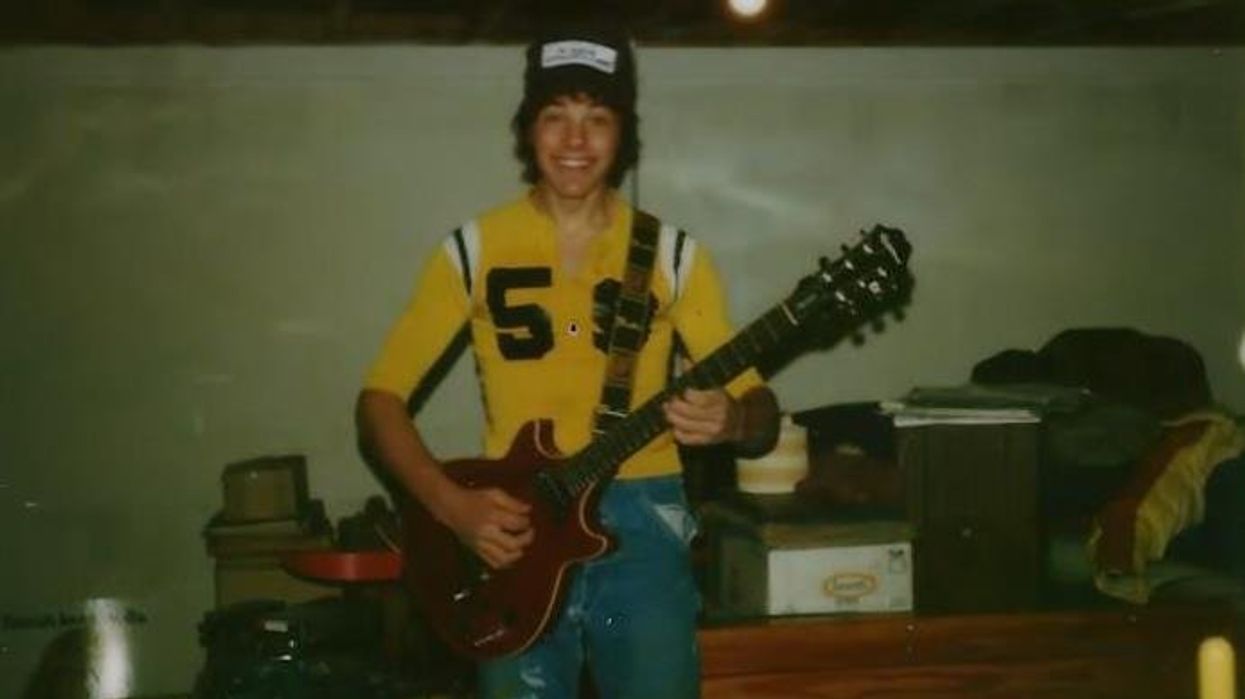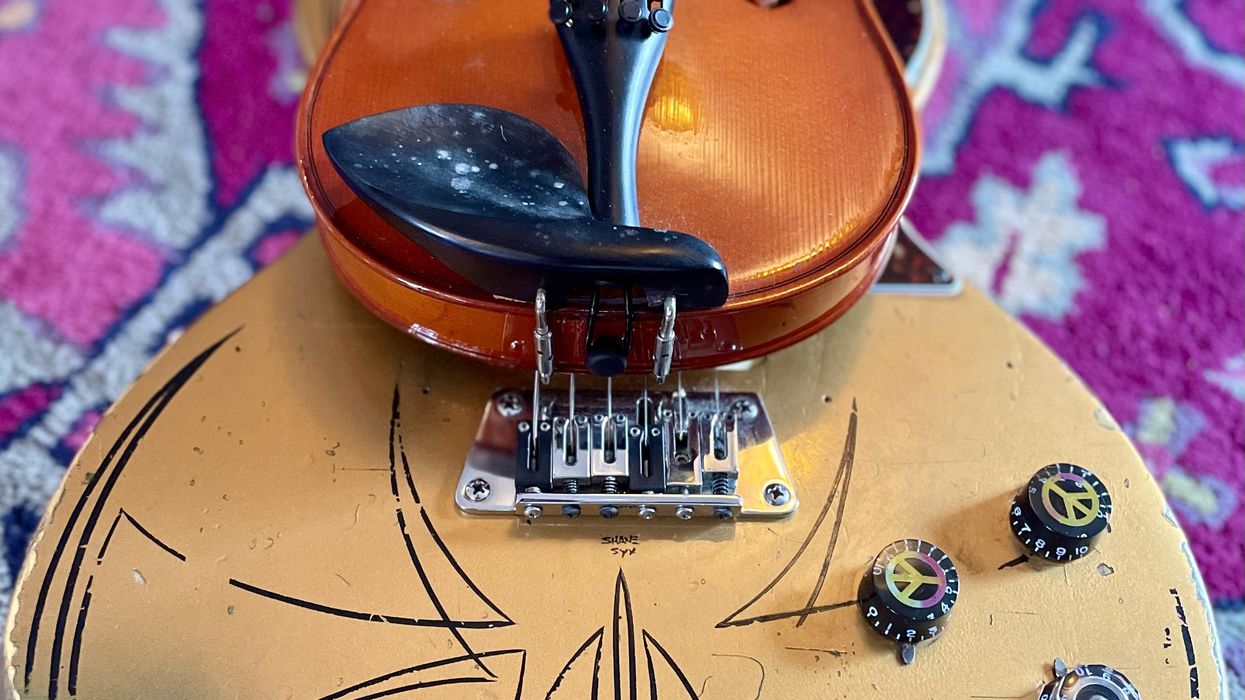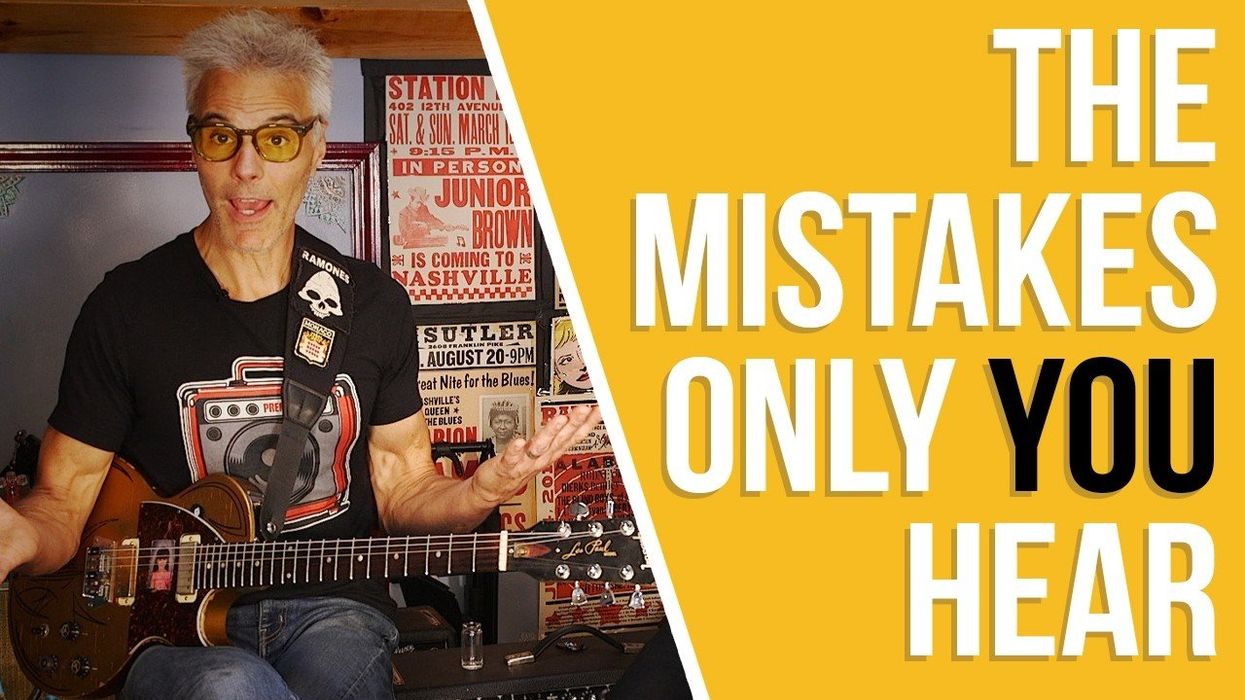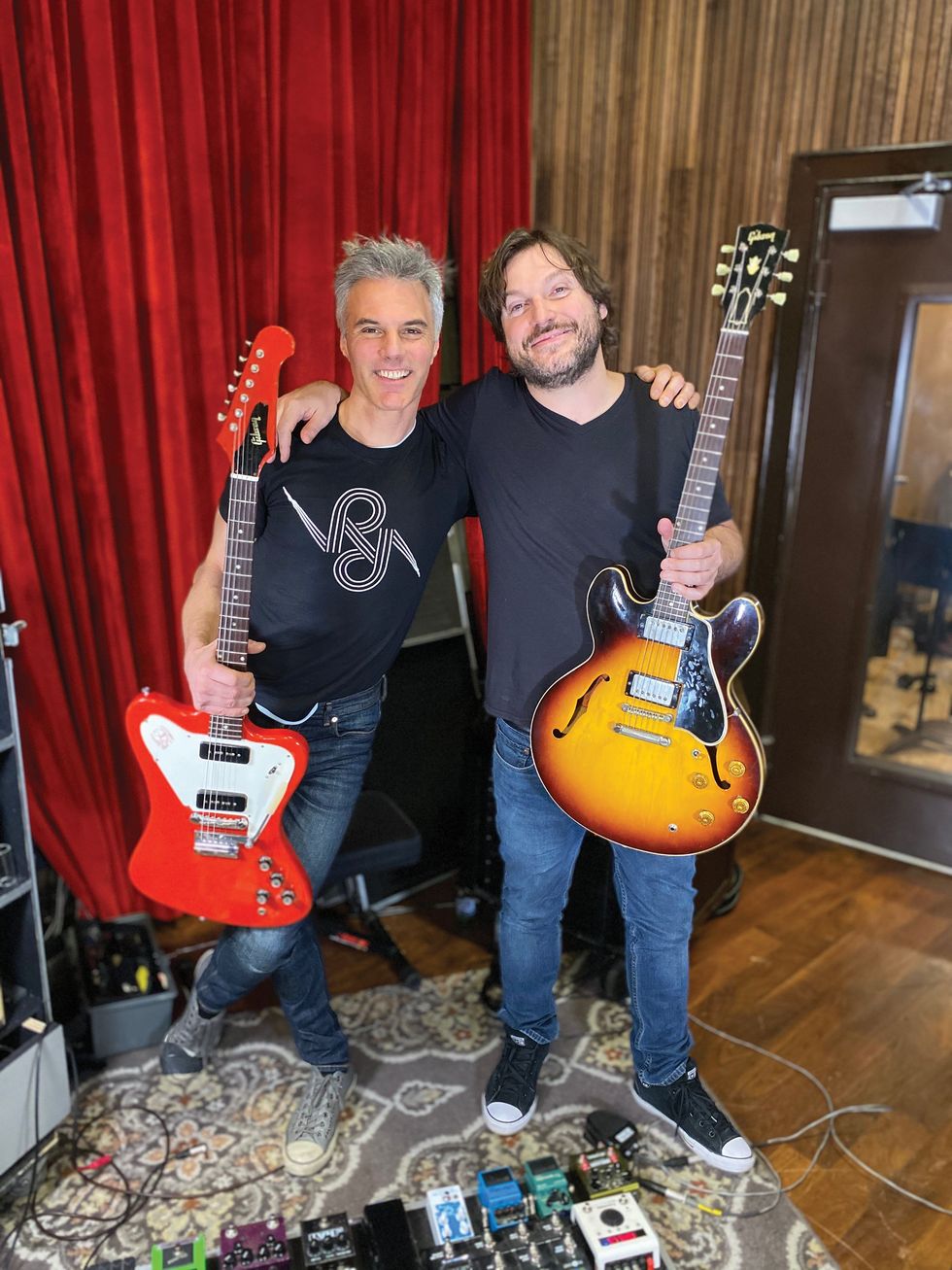For some reason, I've been getting out more often lately and experiencing live music. It's been a mixed bag. Some have been national acts in large venues, while some have been at the local bar and club level. Most recently, I was a judge in a local guitar competition. After seeing the more polished national acts, I got a little spoiled hearing well put together sets that paced themselves and built up to a peak in the evening. All the musicians' playing was spot on, and they were great experiences.
Coming down to the local level, I witnessed a lot of similarities in players that were quite different from the national level acts. Of course this is to be expected to some degree, but it was overwhelming how many fundamental aspects of playing seemed to be overlooked. Here's what I witnessed on the local level. It's not a representation of everything that's out there, but it hasn't been pretty. Therefore I'm compelled to present my list of 10 things every guitarist should be able to do. It's not too tall of an order, but it is an important list.
1. Stay in Key
Before you get up onstage, it's a not a bad idea to know the notes on the fretboard! Sure, most people at the bar are already drunk and most likely can't tell the difference if you nailed the solo in "Free Bird" note for note, but hey, it's a point of pride to know you understand what you're doing. Would you hire a plumber that didn't know how to use a snake or plunger?
2. Tune Up
We've got tuner pedals, tuners built into guitars, tuners you can attach to the headstock, portable tuners, iPhones, iPads, pitch pipes, tuning forks, and keyboardists. NO excuses on this one! It shouldn't take but a minute to tune up before a set and a few seconds between songs if the guitar has started to slip from climate changes, or got beaten up on that last killer solo. Hey, even if you can't hear that you're out of tune, any of the previously mentioned devices can. Use 'em, and keep your listeners from getting their ears punished for no good reason.
3. Hold Your Notes
Sure it's fun to play fast, but I like to hear a note held out every once in a while. Make it the first or the last note in the solo—or even in the middle if you're crazy—but give us a little something to hang onto and ponder. If you're still speed-crazy, think of it this way: The fast notes will sound so much faster if you've got something slow to compare it to.
4. Incorporate Vibrato
Maybe I came up in a time when this was more of a personality statement, but it seems to have gone the way of the dodo bird. To me, the first mark of a great player and their tonal character is the mighty vibrato. Call me a geezer, but Hendrix, Paul Kossoff, Van Halen, Yngwie, Gilmour…they all had it. You could tell the player from his vibrato alone, and that's a beautiful thing.
5. Pay Attention to Phrasing
Those notes that you play are all part of a story. Are you a good storyteller? My fellow columnist Paul Gilbert has recently talked about this, so if you haven't yet, swing by his area and check out the killer advice. He knows what he's talking about and backs it up with fantastic phrasing on every solo he's recorded.
6. Dial In Great Tone Even If It's Not Your Rig
Guess what? Sometimes you won't have your main rig with you. Maybe it's a backline rental, maybe you're at a jam night, or maybe you need to use a different rig while yours is in the shop. So many guitarists I've met don't even know how to dial in a good tone, regardless of whether it's their own amp or belongs to somebody else. Take the time to understand what those knobs do. Too much treble? Back it off. More power tube saturation? Crank it up. Do you understand how a master volume works? These are all things that should be the most basic of skills mastered as a guitar player and used to your benefit. Amps are built (for the most part) to be inspiring and offer an extension to your hands, not just to make notes louder.
7. Play a Few More Licks
It doesn't take a lot of effort to expand your licks base. We have more than enough places to learn from these days, and while it's easy to get stuck in the comfort zone, there is no reason you couldn't add a dozen new licks each week. Spend some time breaking out of the box and dazzling your listeners and bandmates by sprinkling some newness on them. Oh yeah, don't just string 'em together either. Refer back to #5 and make them part of a story, otherwise they're just a bunch of phrases tied together with no purpose.
8. Nail Your Timing
Play with the band—they are there for a reason. I'm not sure what's going on—perhaps too many people are segmenting themselves off in their bedrooms or something like that—but I've never heard so many players sound like they're not even in the same room as the rest of the band. It's as if they've stopped listening and are just playing in a vacuum! Ahead of the beat, behind the beat, and everywhere in between. You have to listen to each other and play off of each other. This is music folks, not just a platform to show off the new licks out of context. Open your ears and feel the music. Like The Force, it is there to guide you.
9. Balance Your Volume With the Band
Yes, you can do this from the stage. Even if you don't get a soundcheck, it's imperative that you have your volume balanced with the band. Drop the ego and make sure you can hear everything. If you've got a wireless, you're in better shape because you can drop off the stage and listen from the audience's perspective. Yes, the soundman has a job to do but you can help by not making it impossible on him. I know you love your new Dumble, but make an honest assessment of your volume situation and keep it in check. Trust me, no matter how great that new amp sounds, nobody is going to care if you're just blowing doors down to show it off and drowning out the rest of the band in the process. Oddly enough, I've never heard a guitarist that wasn't loud enough in the stage mix, unless his amp wasn't big enough. How strange.
10. And the Granddaddy of Them All: Don't Saw the lady in Half First!
A long time ago, my first guitar teacher told me that a soloist is a lot like a magician—they both have a bag of tricks. The best magicians know how to pace the show. Start with a card trick here, maybe a little cup and ball trick followed by something like a disappearing rabbit. You get the idea. You never see the magician start the show off by sawing the lady in half. That's saved for the finale (unless he's really good and has a better trick up his sleeve). Do the same as a player. If you blow your wad in the first 10 seconds, you'll wow the crowd once, but put them to sleep for the rest of the night when you can't deliver beyond that. By the way, notice how I waited for #10 to saw the lady in half? It's magic!



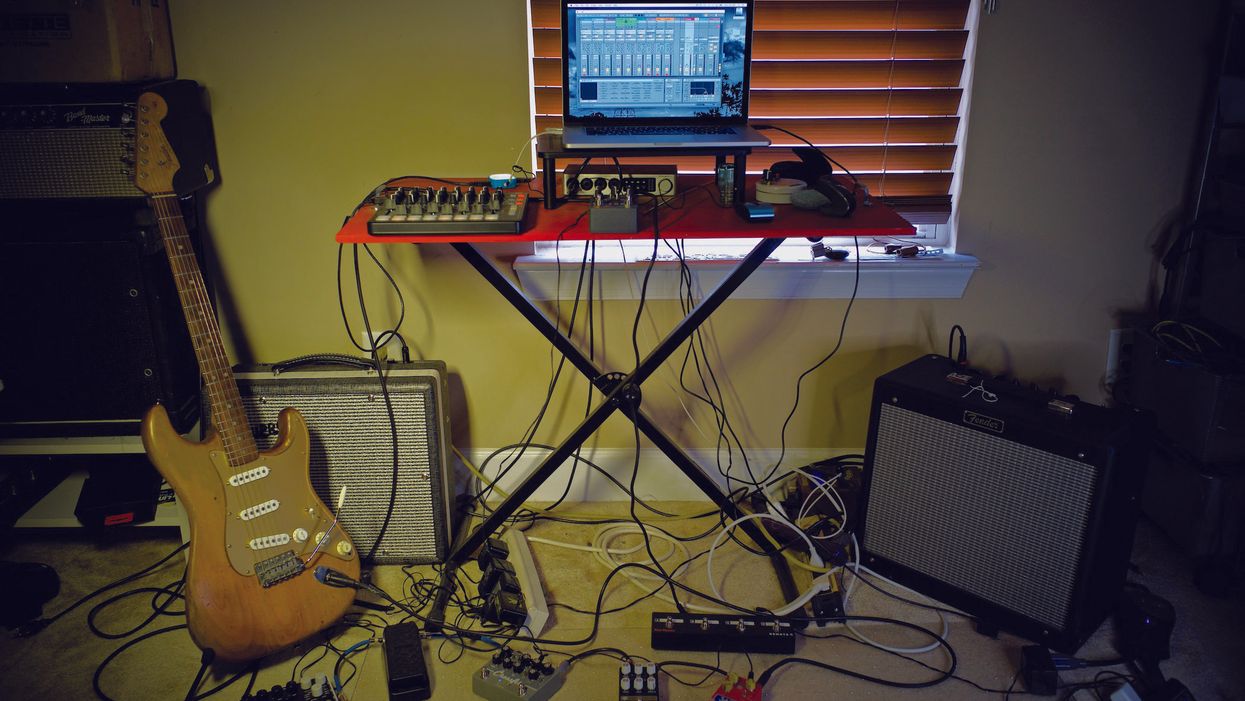
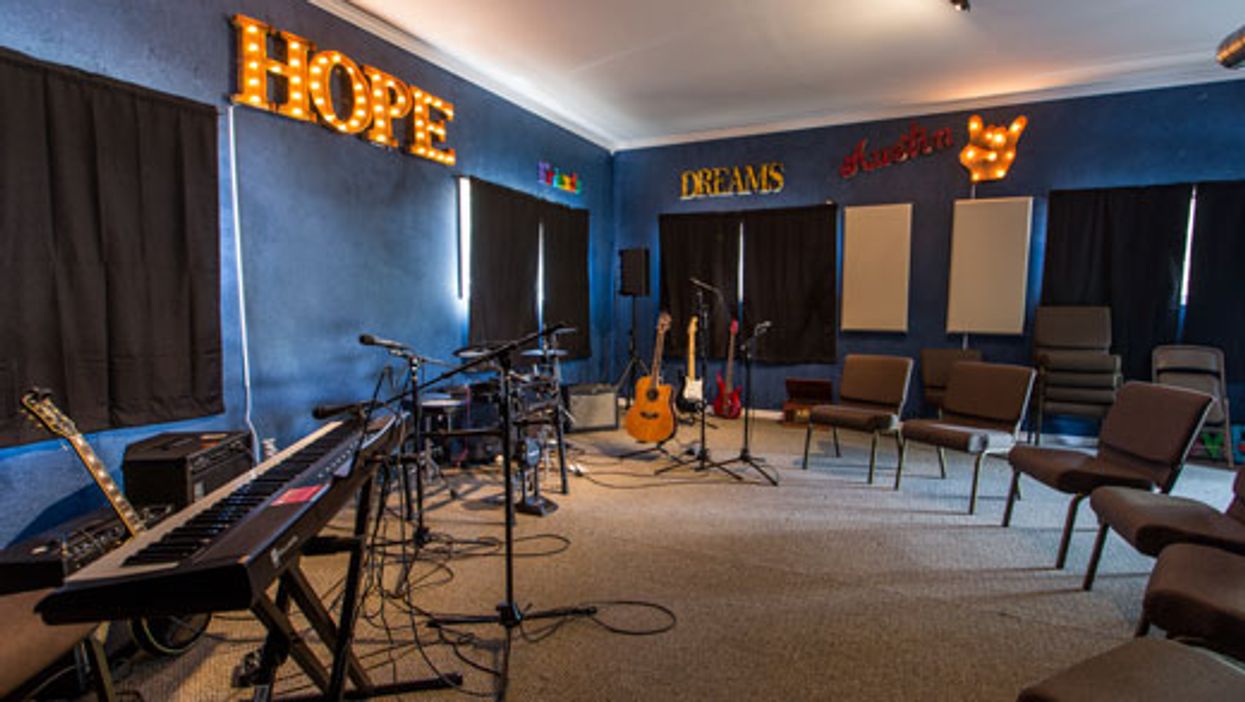
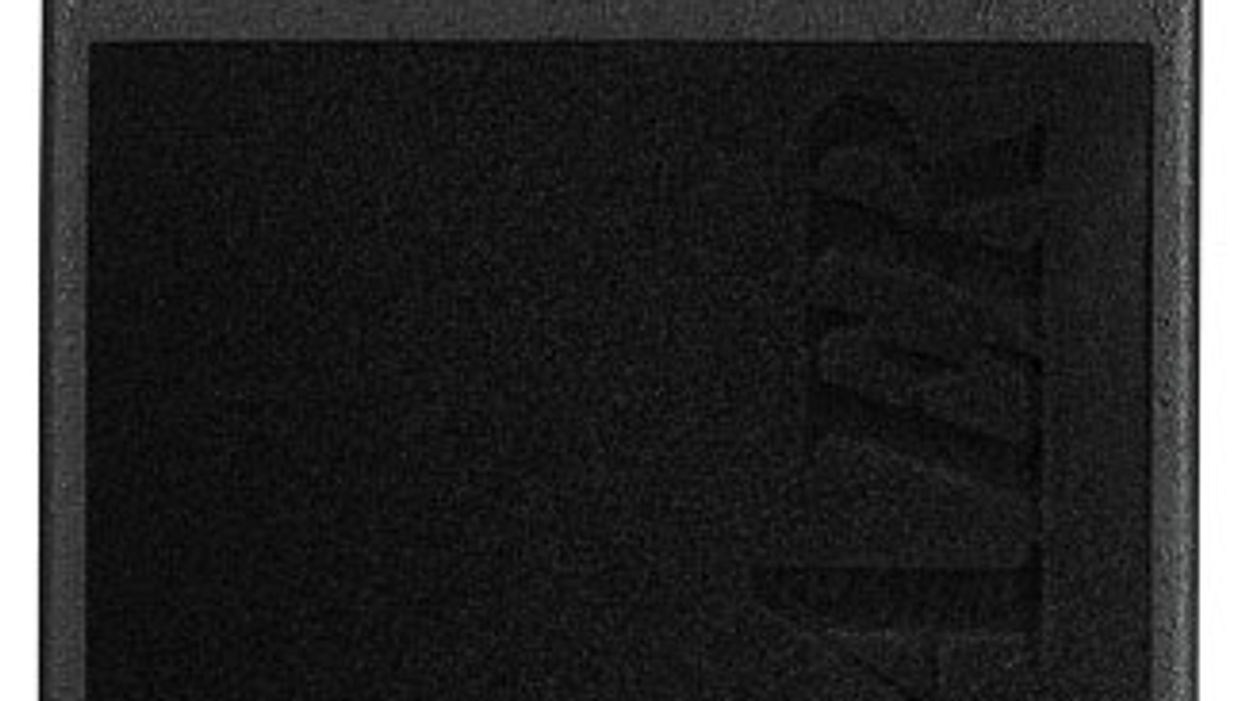
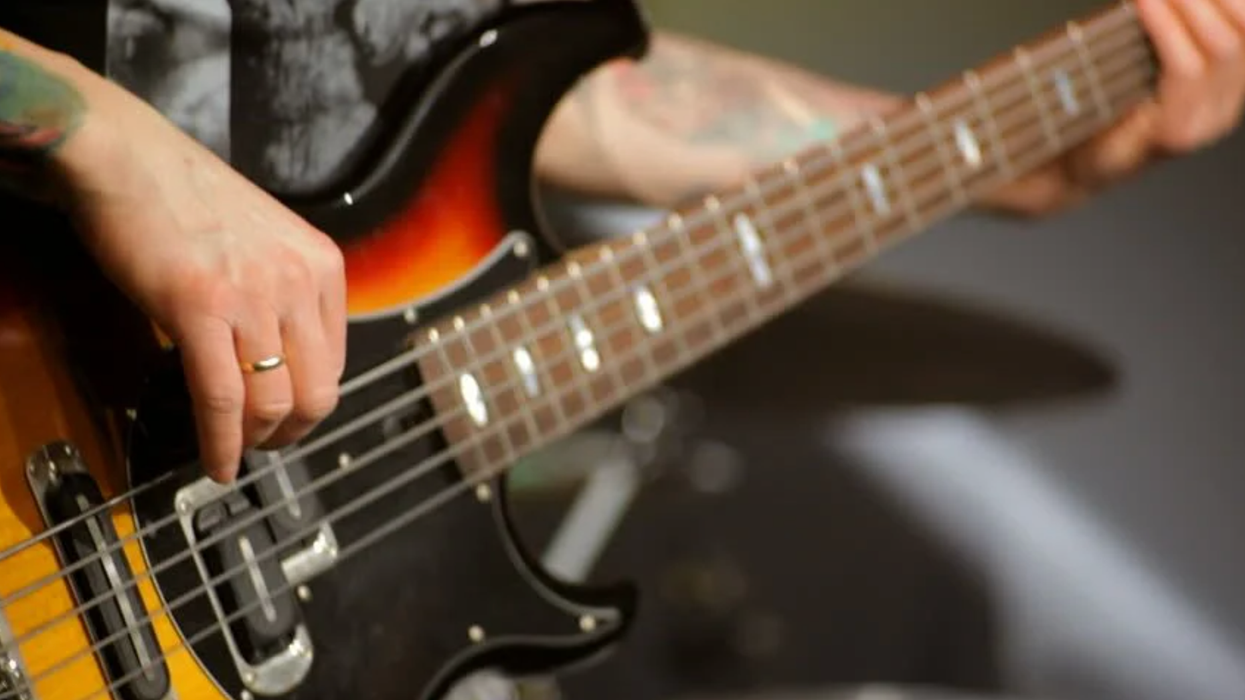
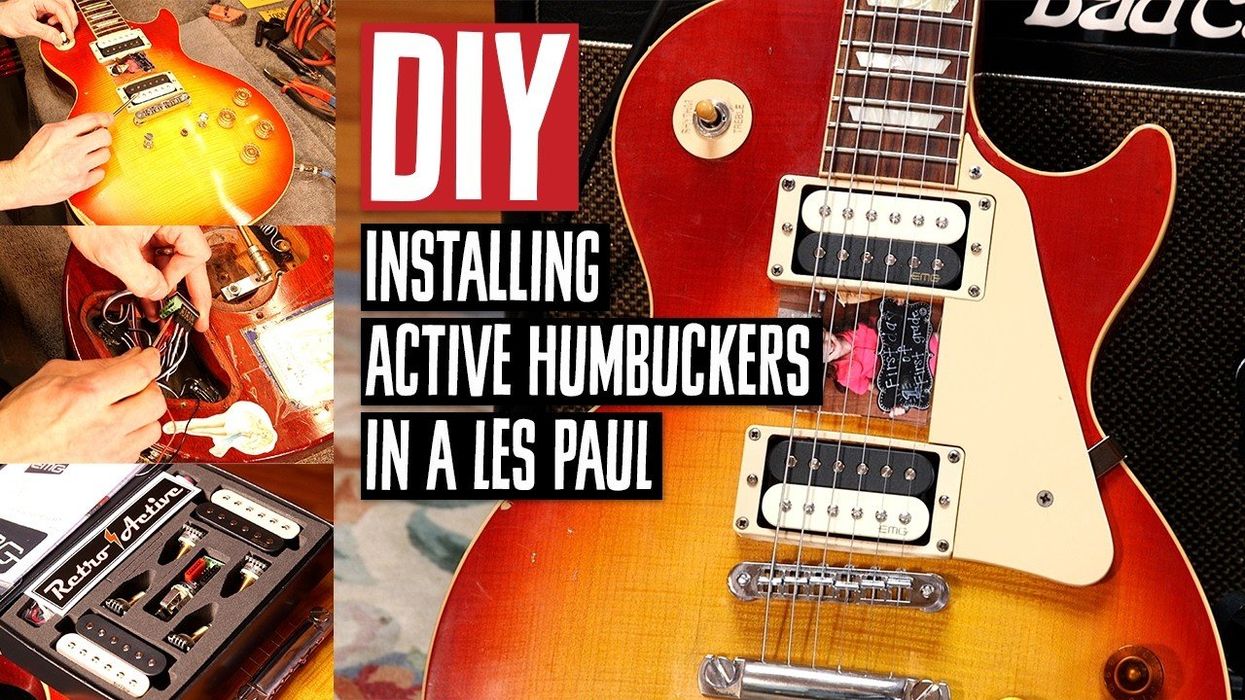



![Rig Rundown: Russian Circles’ Mike Sullivan [2025]](https://www.premierguitar.com/media-library/youtube.jpg?id=62303631&width=1245&height=700&quality=70&coordinates=0%2C0%2C0%2C0)



